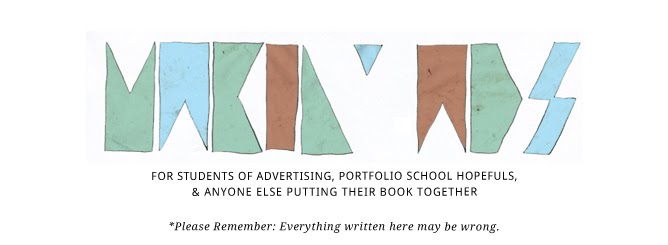I’m on production in New York this week. And while I’m there, on Wednesday night, an old friend and I go to a place in the East Village called Rockwood Music Hall. They have live music, a new act every hour.
The first band we see is a group of super-talented musicians, playing songs that wander between jazz, mellow Jack Johnson pop, classic rock, funk and rap. Midway through, their drummer shows up. Actually, they tell us between verses, he’s their backup drummer, who’s never played with them before. He’s a big guy, the kind who automatically gets stuck at center in pickup basketball games. He shows up mid-song and before he has his coat off, he’s playing drums with one hand and setting up his cymbals with the other. These guys were great, and the bar was full of their friends--probably NYU students--full of energy.

The third band’s awesome too, a quartet, and it seems like they could tear up any kind of music they wanted and on this particular night just happened to pick bluegrass, with a little Cajun thrown in for good measure.

But the act that really sticks with me is this one guy,
Jason Anderson. He doesn’t go near the stage, doesn’t touch a mic. Just stands in the middle of the bar and starts playing his acoustic guitar and singing and people shut up and listen. He’s a thin guy, white t-shirt, jeans, beard, bill-bent ballcap and a wild look in his eyes. He’s making eye contact with everyone, like one by one, maintaining it. This makes some people pretty uncomfortable and some of them take off. But the group that’s left, we’re all transfixed. He’s a good guitar player, but nothing fancy. His songwriting is really solid. Good storytelling. Great writing. Sounds a little like
The Mountain Goats.
He asks us to sing along with him. He asks us to stand up. We all gather in a circle around him, and he says some pretty hippy dippy stuff about being there in the moment and enjoying it, but we are. It’s fantastic.
We’re buzzing when we leave there, and I’ve been thinking about Jason’s show. Here at this place with an endless stream of crazy-talented musicians, why he stood out so much. Here’s what I think:
1) He immediately killed our expectations. No stage. No mic.
Okay, what the heck is this guy going to do? 2) He engaged us. Not just the normal chatter from the stage. He was down with us. He stood about two feet in front of each person and connected with us one at a time, not as a crowd but as individuals.
3) He got us to participate. He never said it, but there was no choice. You were going to participate, or you were going to leave the bar.
4) He was fine with people leaving the bar. Didn’t bug him at all. And this is the most important thing. He was polarizing. But it was so much better to have a smaller group of people who were really into the act than a large group of half-interested folks. He just put himself out there. This is me. This is what I do. Jump on or jump out of the way.
Both my bud, who works at Mother, and I had the same thought as we left:
Man, we should get him to come play at the agency. You watch him, and it beats any class you could ever have on presentation. Great stuff.












